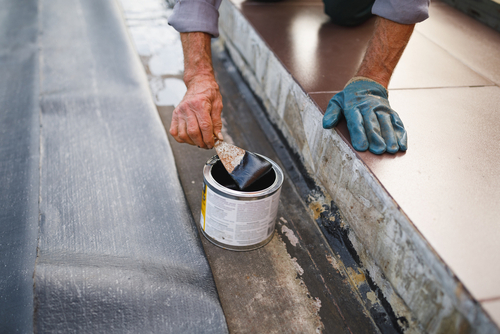
How To Find A Reliable And Professional Waterproofing Service?
July 18, 2021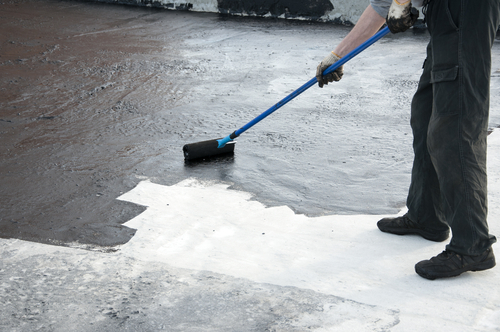
Are There Different Types of Waterproofing?
August 17, 2021Which Part Of My Home Needs Waterproofing?
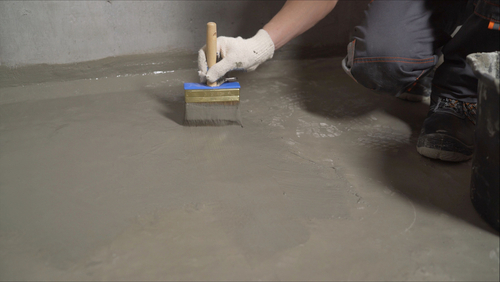
Which Part Of My Home Needs Waterproofing? Most homeowners deal with water seepage and moisture regularly. The main causes of these issues are poor construction quality and a lack of sufficient waterproofing measures. While the immediate impacts, such as wall puffiness, wetness, and paint flaking, may appear insignificant, they can cause serious property damage if not addressed promptly.
Many individuals disregard the need of waterproofing their homes. They are content with providing their homes with a protective shell from the elements, such as weather-resistant paints. It might work, but everything has an expiration date. The water-protective shield usually loses its capacity to hold together with time and with exposure to changing weather conditions.
Water, for example, begins to seep in through the walls, producing moisture on the inside, efflorescence, and even paint peeling.
Table of Contents
Why Is Waterproofing Your Home Important?

Waterproofing your home can be viewed as a form of insurance against future harm. Failure to adequately waterproof your home can result in a variety of problems, including decay, structural weakness, and eventual collapse. Although waterproofing has a cost, it can save you a lot of money in the long run by avoiding the need for costly repairs.
Waterproofing your home will boost its market value and assure that it will last for generations. It can also help your family’s respiratory problems and make your home’s interior environment more comfortable.
It’s also a wonderful strategy to safeguard your most valuable possessions. Water damage may be devastating to precious photos, valuable collections in your basement, and pricey kitchen appliances that you use regularly.
Waterproofing is ideally done while a property is being built or remodelled, but there are a variety of methods that experienced waterproofers can employ to seal your home regardless of its age or condition.
Waterproof any portion of the house that will be exposed to dampness. Basements, balconies, bathrooms, the roof, and the kitchen are some of the areas that require the most attention.
Bathrooms
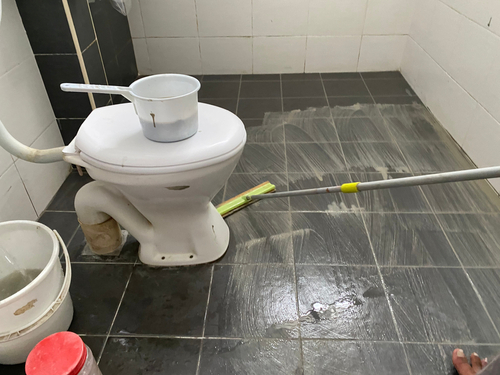
Because they come into direct contact with water on a daily basis, bathrooms require considerable waterproofing. It’s critical for ceiling, wall and floor waterproofing the bathroom to prevent moisture buildup and leaks. Because the region behind the shower is particularly vulnerable, it should be built with moisture-resistant wallboard and subsequently sealed.
Tile is a fantastic choice for a bathroom floor because it prevents water from seeping through to the floorboards. However, the grout must be sealed every year to prevent water from getting into and behind it. Finally, waterproof paint should be applied to the ceilings, and a vent can be used to exhaust damp air from the bathroom.
Balconies
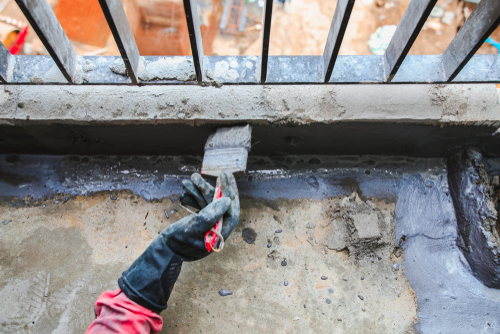
Because balconies are frequently exposed to the elements such as rain, and wind, they are prone to seepage. If your balcony is made of wood, waterproofing is very vital, but concrete buildings can also benefit from an additional protection layer contrary to mould, cracks, mildew, as well as the UV rays of the sun. Balcony waterproofing is best when left to professionals.
Roofs
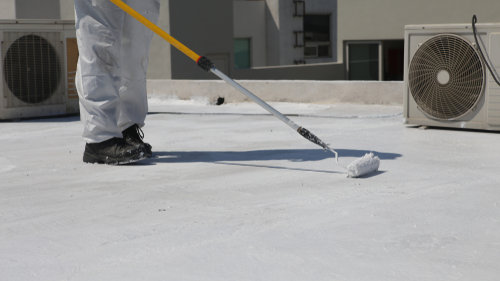
Because it is exposed to the most wind and rainy weather conditions, your home’s roof is one of the most vital places to waterproof. If water gets into your roof, it can leak throughout the rest of your house, causing substantial damage that can be very expensive to fix.
Many people believe that their roof simply consists of shingles because they are the most visible portion. However, shingles are only one part of the equation and will not keep water out on their own. Underneath the shingles, the roofing underlayment is also crucial, and this is where waterproofing protection should be applied.
Kitchens
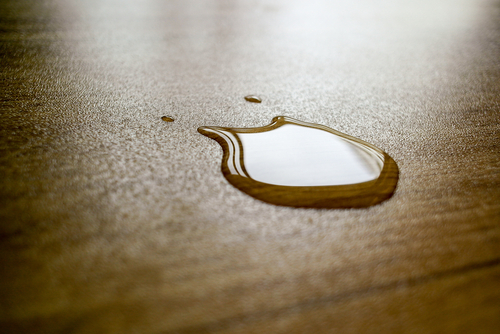
Waterproofing the worktops, cabinets, and backsplashes around the stove and sink can make a significant difference in the kitchen. Water can leak through cracked countertops and gather inside, while mould thrives in the cupboard under the sink. Kitchen waterproofing frequently takes the form of surface treatments and joint sealing.
Basements
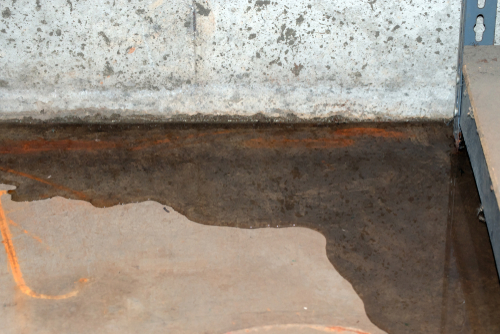
Basements are prone to humidity, condensation, mould, and floods, therefore waterproofing is critical in this space. Because your basement is considered a part of your home’s foundation, it requires special care to minimise shifting and cracking due to water damage. If you keep expensive items in your basement, this is very crucial.
Waterproofing in four simple steps
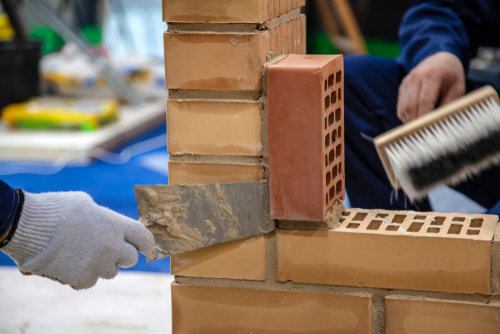
- Step 1 – Waterproofing During the Construction
Waterproofing is best done during construction. All brick and pillars, cement works, and foundations, rendering, basements, roof slabs, and plastering can be done at this stage with a high-quality liquid waterproofing compound containing cement and sand. It avoids segregation as well as forms a sturdy cohesive bond when blended in the proper proportions.
- Step 2 – Waterproofing Your Terrace
A slight crack line on your roof or terrace can deepen with time, causing water seepage and moisture inside. Several houses which are not waterproofed during the building phase experience leakage from roof areas. To waterproof the terrace or roof, you must first clean it thoroughly, including the cracks and surrounding area.
- Step 3 – Waterproofing Old and Damaged Plastering
Water seeps in through old and damaged plastering, causing dampness and moisture buildup. This needs to be addressed right now because it could be fatal to your property.
- Step 4 – Walls Waterproofing Prior Re-Painting
An expert will assess the level of wetness – mild, moderate, or severe – based on moisture metre readings. The appropriate products and curing processes will be determined based on this information.
For example, slight wetness necessitates a thorough cleaning of the surface with a wire brush and water to reach the plaster. Because there is less moisture build-up, only two layers of waterproof putty and a high-quality silicon and emulsion additive undercoat are required. This renders the alkali, surface water, and salt resistant.
Surfaces with moderate or severe wetness, on the other hand, require specific attention. Three coatings of polymer-modified cement-based product, two coats of waterproofing coating, and two coats of a strong additive are required for the surfaces. Before applying your selected colour finish, give this enough time to rest.
Which Part Of My Home Needs Waterproofing? – Conclusion
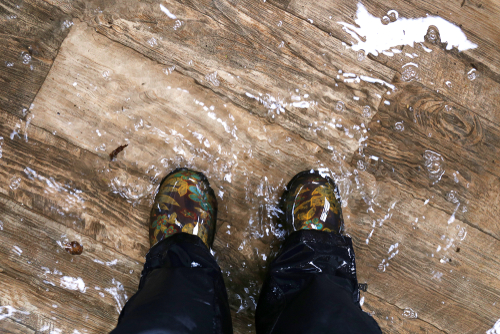
If your home has never been waterproofed, there’s a danger that water will get inside and do major damage. While flooding following big rains is visible, another water damage is considerably more subtle, with minute amounts of moisture seeping into poorly sealed locations and slowly ruining everything it comes into contact with long before you notice it. Waterproofing is therefore very essential.




